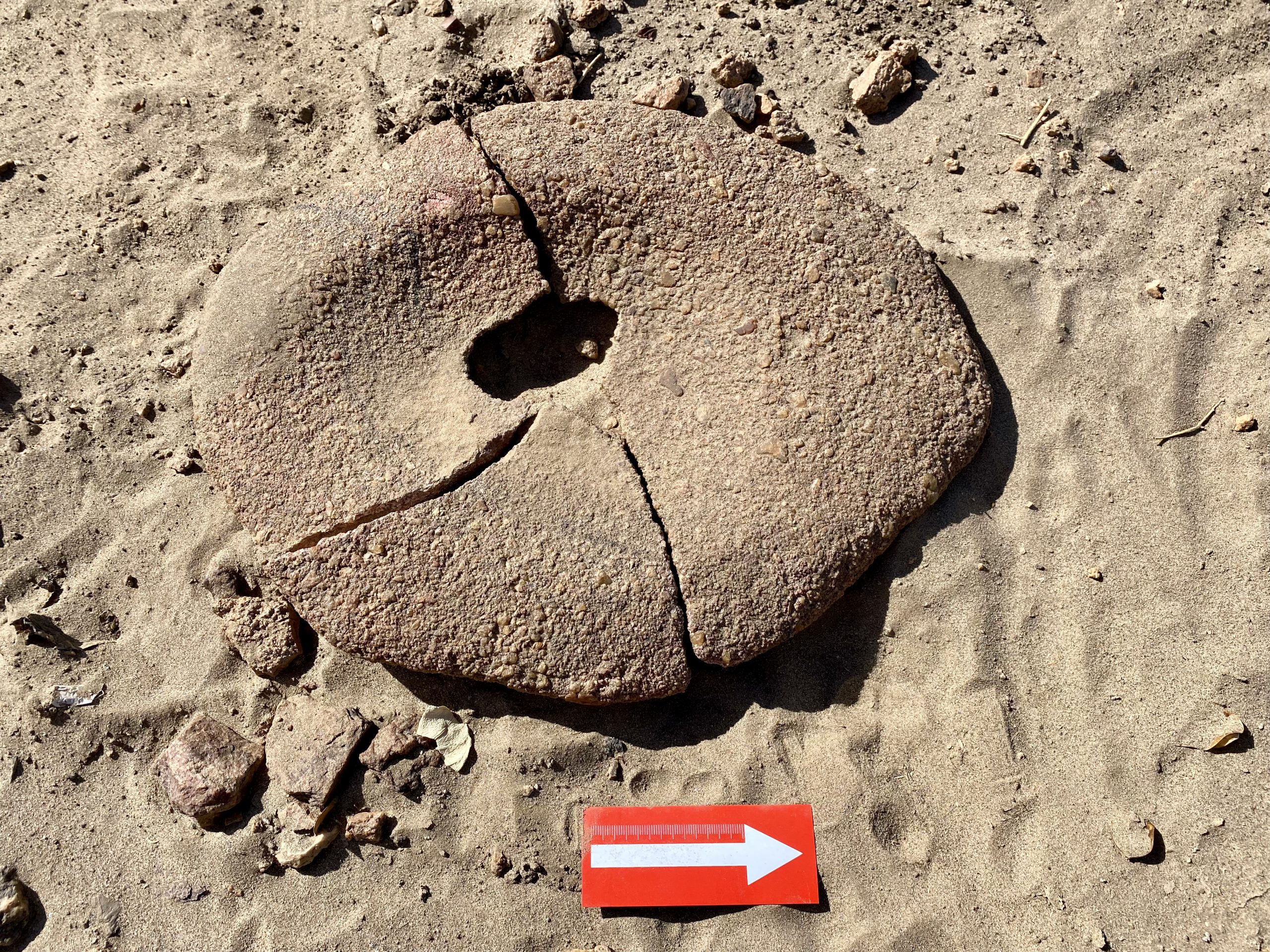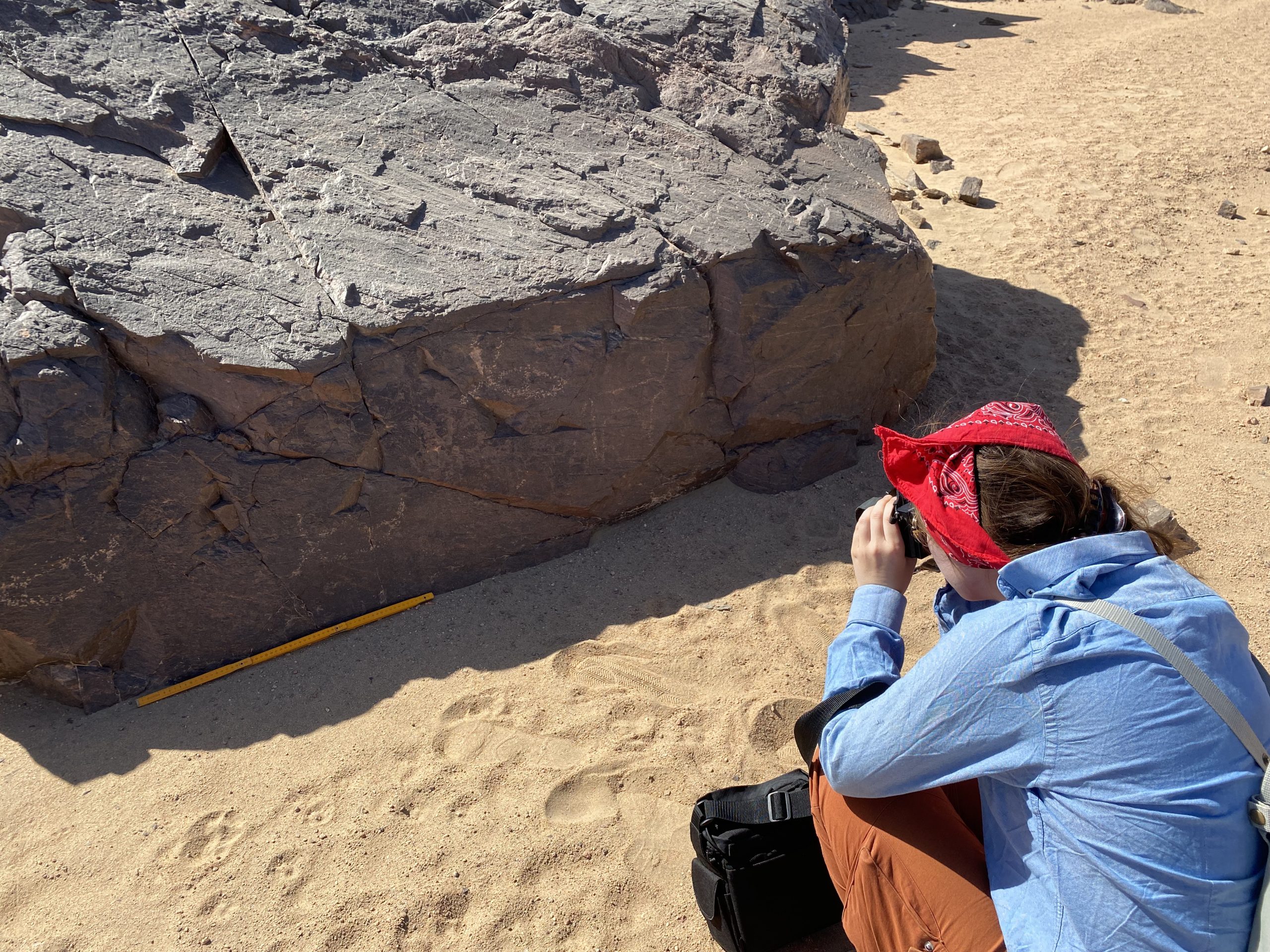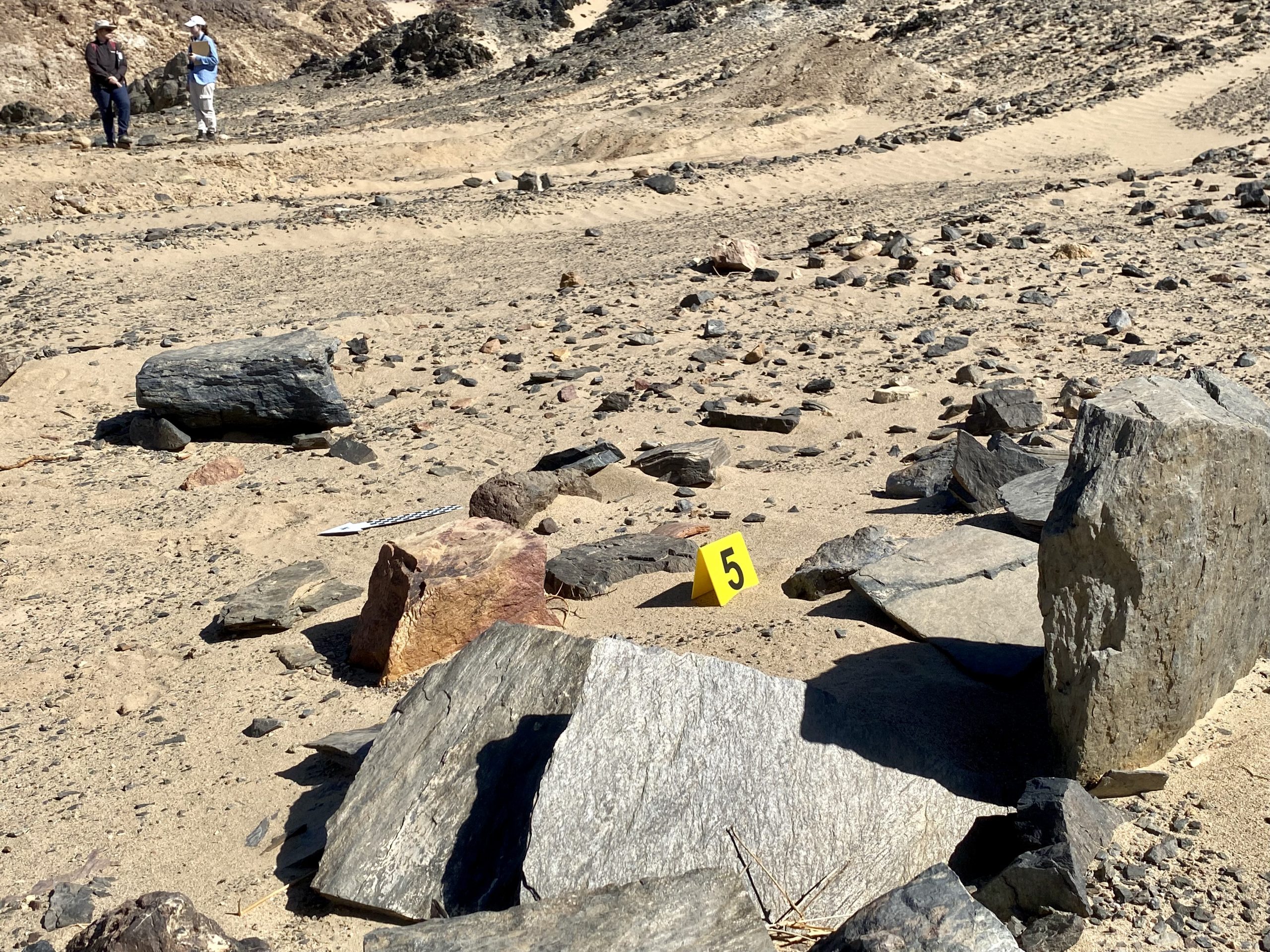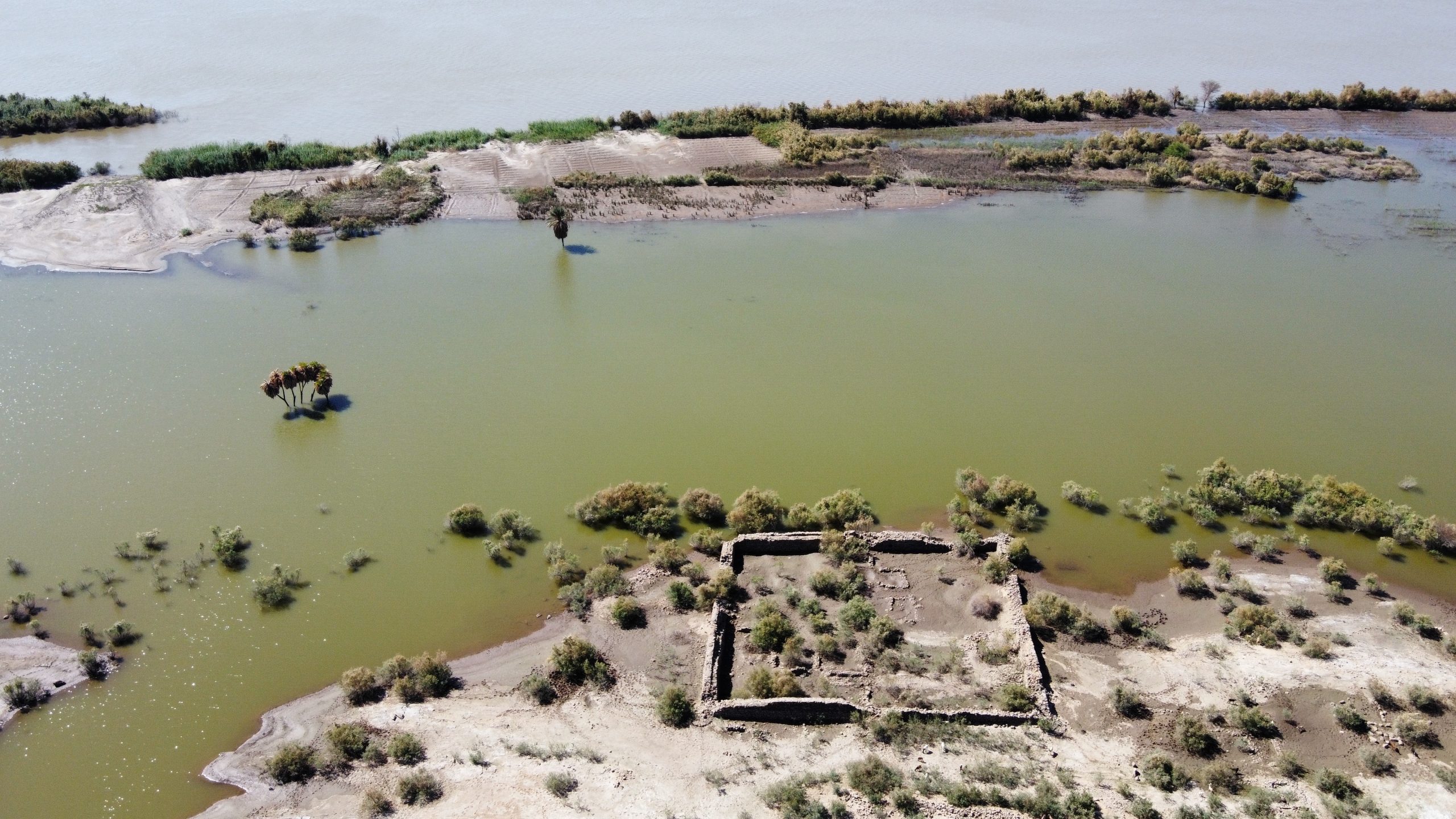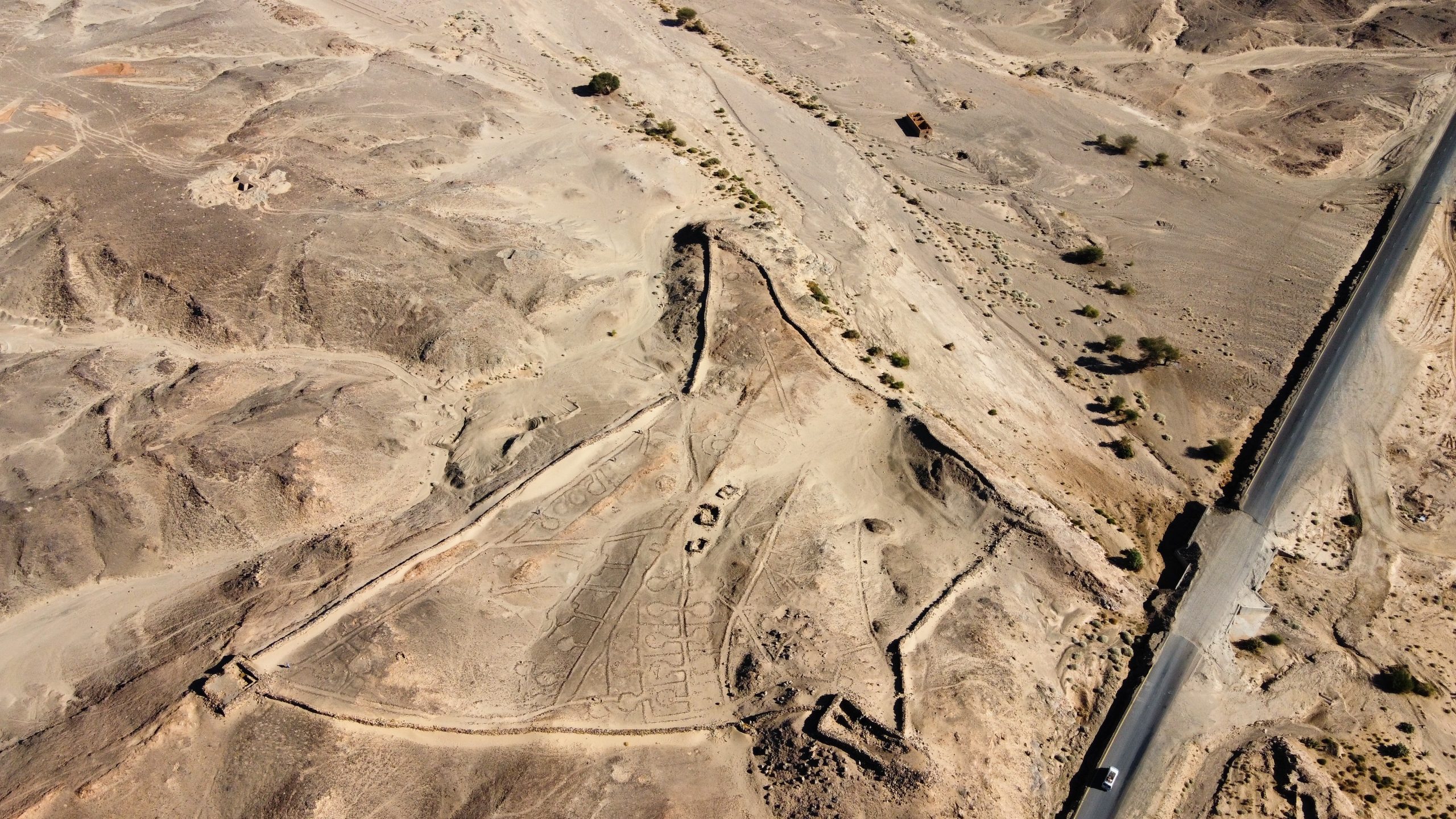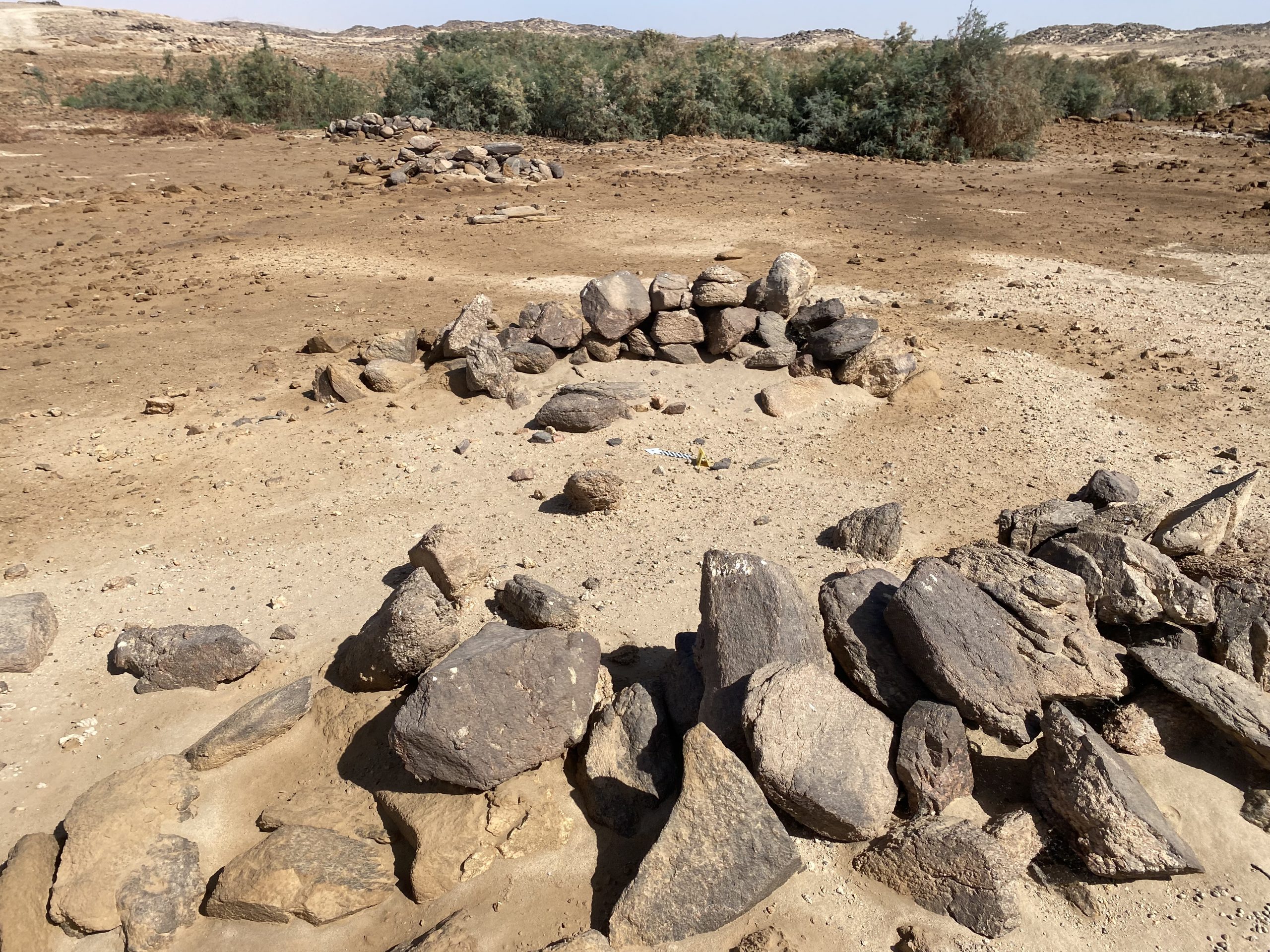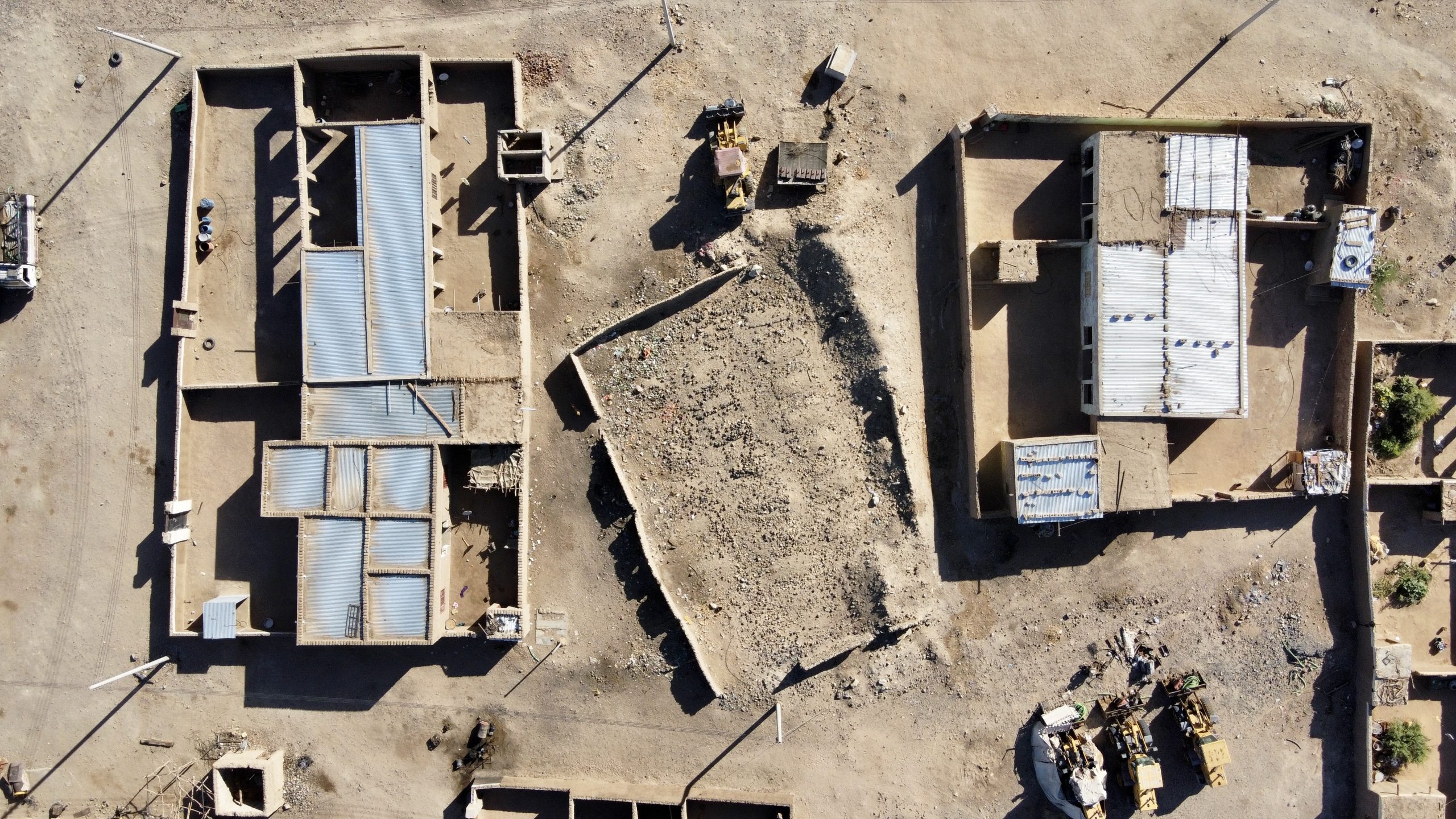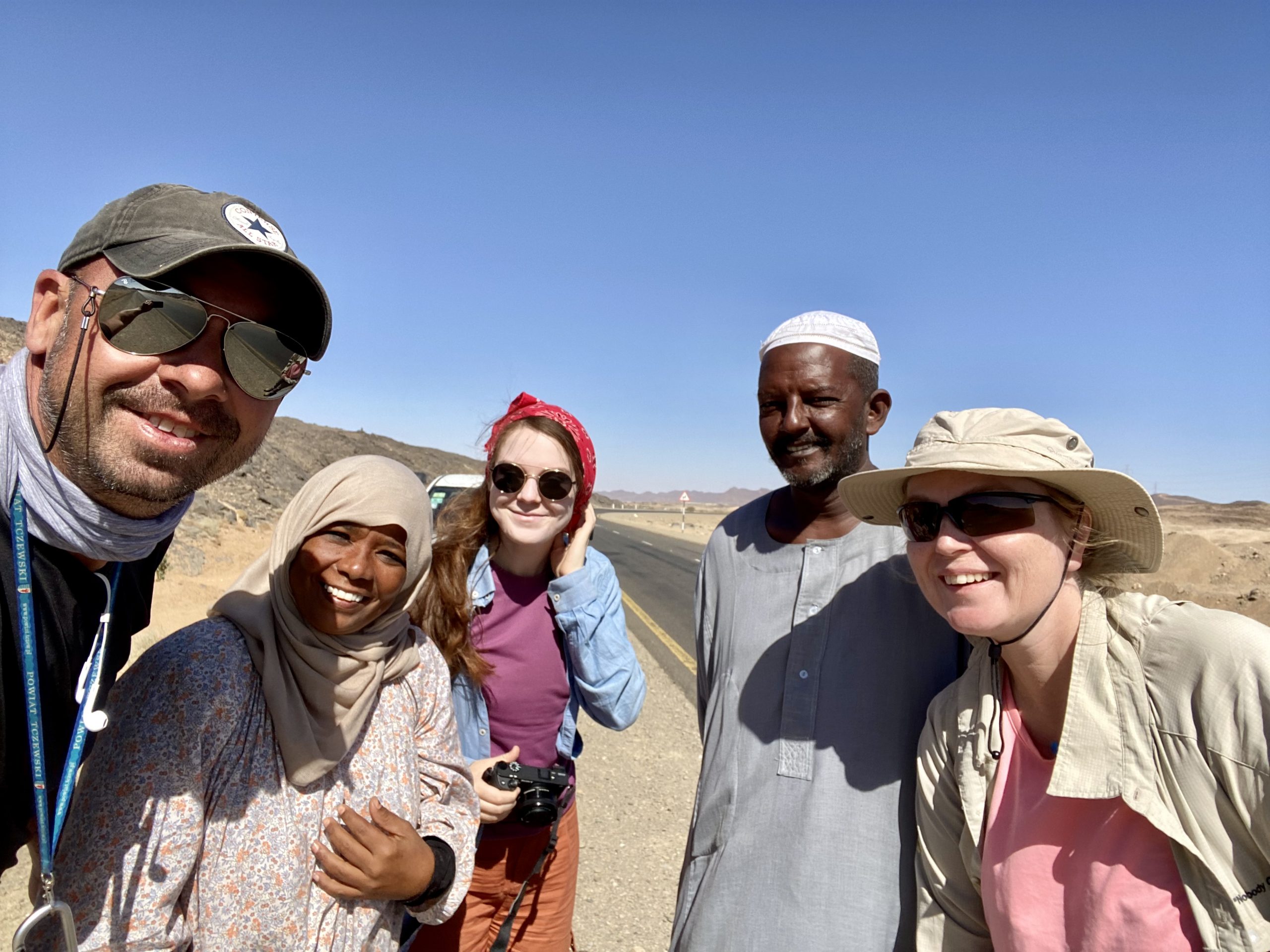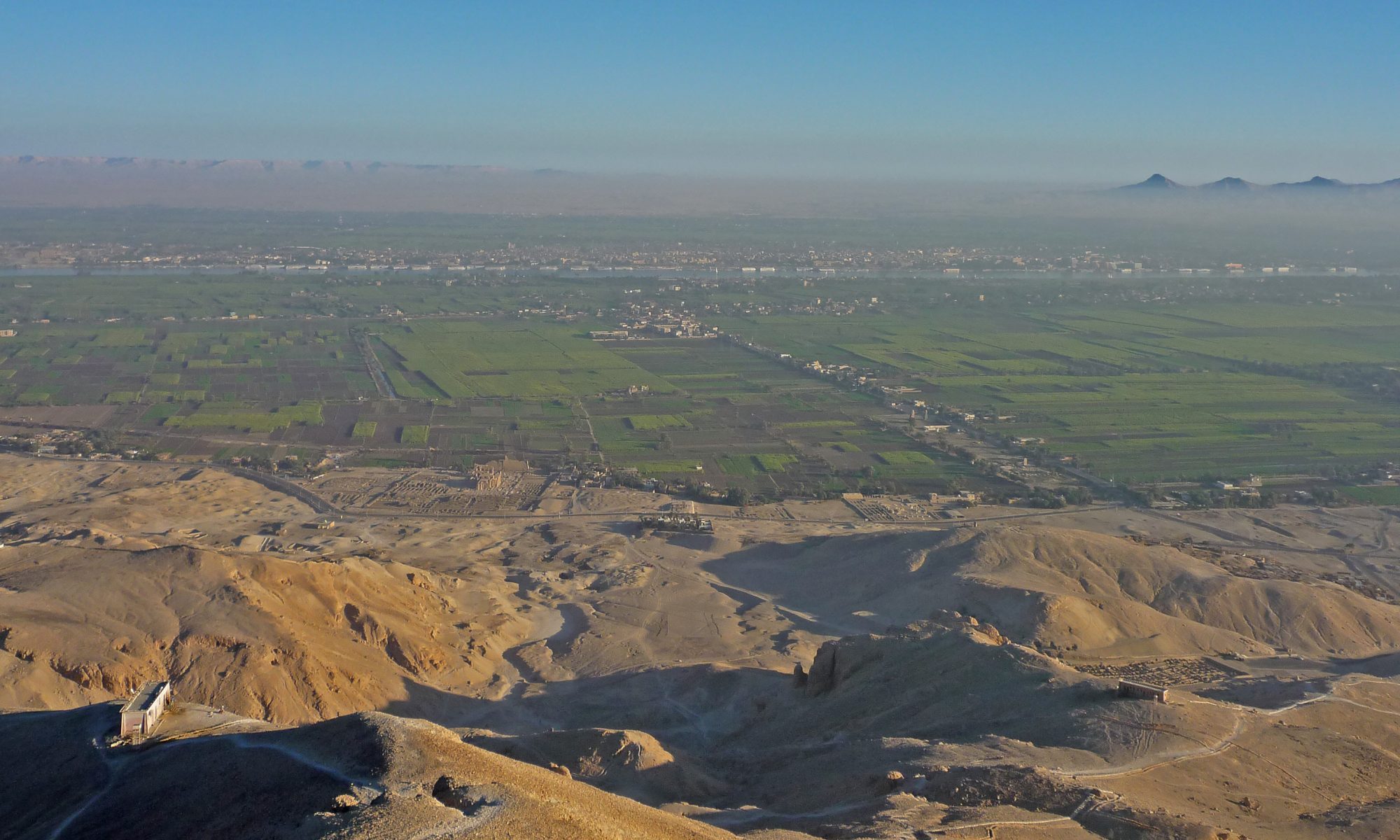Season 2022 was the first of a new field project conducted by the Institute of Archaeology of Jagiellonian University, in the northern part of Sudan, in the vast area between Akasha and Ambigol, close to the second Nile cataract. As it was a pilot mission, its objectives varied. The main one was to survey the area and localise archaeological sites recorded along the Nile in the 1960s during the great UNESCO action preceding the construction of the Great Aswan Dam, to determine their present condition and the scale of the risk of their possible destruction. Among the planned actions were also the creation of a digital archaeological map of the area, the evaluation of the contemporary potential of this area for long-term excavations, and the promotion of the topic of cultural heritage among the local community.
During the survey, which was carried out along the Nile, but also in the desert, more than 30 sites were visited. Some of them have already been recorded by earlier surveyors, some were previously unregistered, and only very few have been published. Their chronology covers a wide period between the Paleolithic and the modern Anglo-Sudan war. Only surface materials were collected; no excavations were undertaken; all discoveries were digitally documented.
The most promising of the visited localities were: a Paleolithic site at Songi, a settlement localised in a wadi close to the modern Akasha village with the material indicating the Khartoum Neolithic horizon, a closeby concentration of petroglyphs, a cemetery in another wadi in the Akasha area with stone circles suggesting the activity of the A-Group, a church at Dambo presently just at the right Nile bank, two British Army camps (Akasha and Ambigol Wells) of the XIX c., and remains of the first Sudanese railway, which led from Wadi Halfa to Kerma. Together, they form a very interesting picture of human activity in Lower Nubia.

